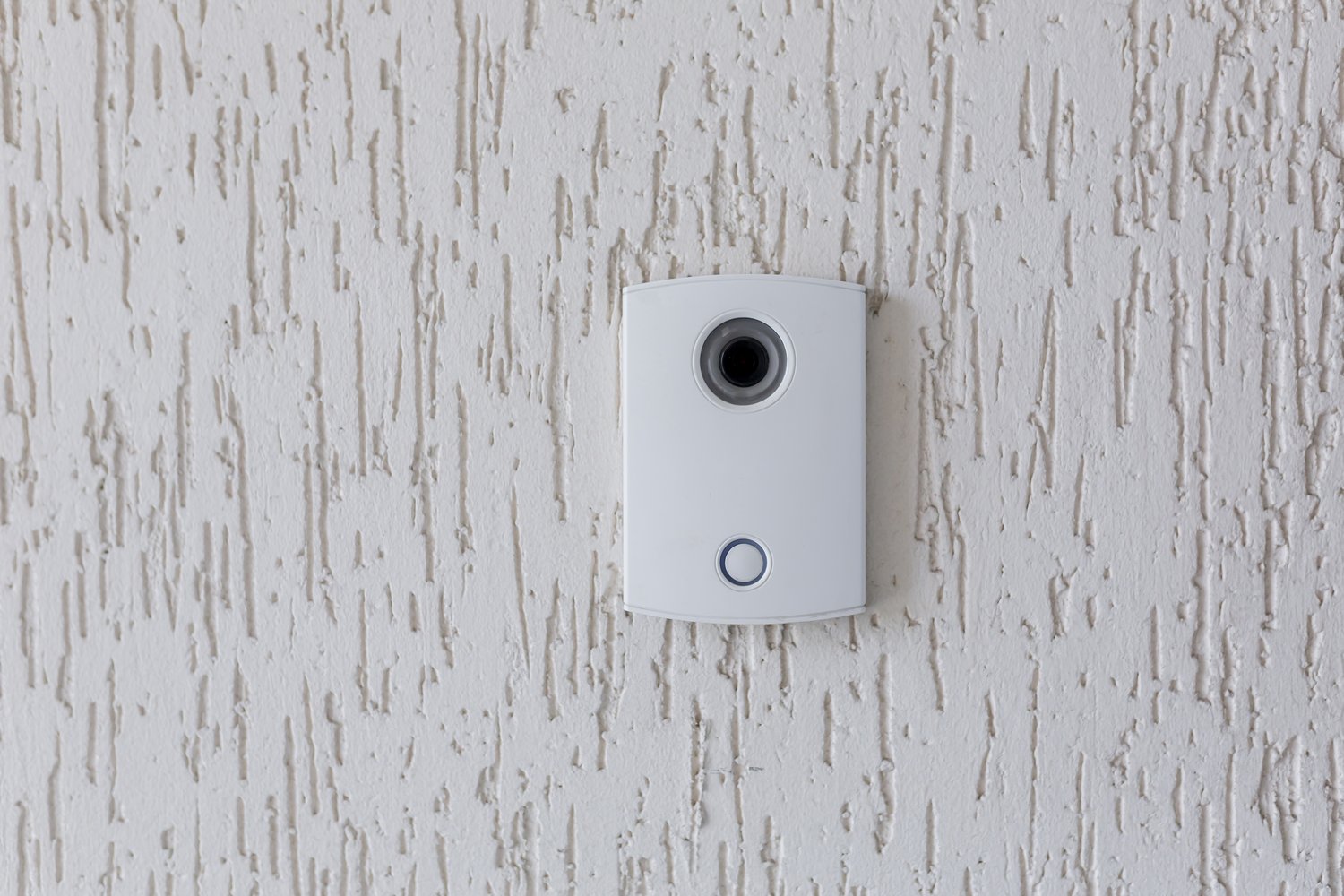When it comes to home security, a clear view of who’s at your door during nighttime is non-negotiable. Yet, many smart doorbell cameras struggle with night vision issues, often leaving homeowners frustrated and potentially vulnerable. Understanding and addressing the intricacies of IR sensors and LED components can significantly enhance your camera’s performance, ensuring peace of mind round the clock.
- Discover the role of infrared sensors and LEDs in achieving optimal night vision clarity.
- Learn how to identify and fix common IR sensor issues that could be affecting your smart doorbell.
- Uncover strategies to enhance your doorbell camera’s night vision through effective LED optimization.
- Boost your home security by making informed adjustments to your smart system, enhancing both performance and reliability.
Venturing into the world of smart technology doesn’t have to be overwhelming. With the right knowledge and tools, you can tackle night vision problems head-on, safeguarding what matters most. Let’s delve into practical solutions that can transform the way you experience nighttime surveillance.
Understanding Smart Doorbell Camera Night Vision Problems: IR Sensor and LED Fix Explained
Smart doorbell cameras have become an integral part of home security, allowing homeowners to monitor their properties with ease. A crucial feature of these devices is their night vision capability. This function is primarily driven by infrared (IR) sensors and LEDs designed to capture clear video footage in low-light conditions.
IR sensors work by detecting infrared light, which is often invisible to the human eye but vital for night vision. These sensors allow your camera to sense the surrounding environment even in complete darkness. Alongside IR sensors, LEDs emit infrared light to illuminate the area in front of the camera, ensuring clear visibility when natural light is absent.
However, users may sometimes encounter issues such as blurry or dark footage, which hinder the effectiveness of night vision. These problems are often linked to the IR sensors and LEDs, as they can be misaligned or insufficiently powered. It’s essential to understand these issues to maintain optimal performance and ensure your device effectively safeguards your home during the night.
Troubleshooting IR Sensor Issues in Smart Doorbell Cameras
Facing challenges with your doorbell camera’s night vision can be frustrating, particularly if they are linked to the IR sensors. Common issues include inadequate lighting, which may result from ineffective infrared LED placement or insufficient power supply.
Another frequent problem is sensor miscalibration. If the IR sensor isn’t correctly calibrated, it may not detect changes in light intensity efficiently, affecting the clarity of night-time images. To diagnose these issues, closely inspect the placement of your camera and ensure that nothing obstructs the IR sensor.
Effective troubleshooting often involves recalibrating the sensor. This can be done by accessing your smart doorbell settings, often via the manufacturer’s app, and adjusting the sensitivity levels of the sensors. Additionally, ensuring that the latest firmware updates are installed can improve functionality and fix known software glitches.
By understanding these troubleshooting techniques, you can enhance the night vision performance of your smart doorbell camera, ensuring your home stays protected around the clock.
Enhancing Smart Doorbell Camera Night Vision: IR Sensor and LED Fix Techniques
Enhancing the night vision capabilities of smart doorbell cameras starts with understanding the role of infrared (IR) sensors and LED technology. These components ensure that homeowners can capture clear and reliable footage even in low-light conditions. Below, we explore some practical solutions to improve these systems and, ultimately, your security setup.
Firstly, consider the quality and type of IR LEDs used in your smart doorbell camera. Selecting high-quality LEDs that have adequate wavelength offers better illumination, which enhances visibility during the night. Focus on infrared LEDs that emit a wavelength of 850nm, as they strike a balance between effectiveness and subtlety.
Placement of IR LEDs plays a crucial role in optimizing night vision. Ensure the LEDs are positioned at an angle that minimizes glare and reflections, which can obscure the camera feed. Experiment with different angles to find the optimal setup that covers your desired field of view. IR LEDs should also be shielded from external light sources, which can interfere with their performance.
Another technique involves adjusting the sensitivity settings of the IR sensor. Many modern smart doorbell cameras offer customization options within their settings menu. Optimize these settings to suit your environment’s lighting conditions. Adjusting the sensor appropriately helps the system switch seamlessly from daytime to nighttime mode without lag or blackouts.
Regular maintenance and cleaning of both the IR sensor and LEDs is often overlooked but can significantly impact performance. Dirt, dust, or any obstructions can diminish the effectiveness of night vision. Make it a routine check to ensure these components are clean and functioning at their peak.
Lastly, if all else fails, consider upgrading your doorbell camera’s software. Firmware updates provided by manufacturers often include improvements for night vision capabilities through enhanced algorithms and IR sensor calibrations. Check regularly for updates and apply them to ensure your device operates efficiently with improved night vision.
Implementing these IR sensor and LED fix techniques will not only enhance the performance of your smart doorbell camera but also fortify the security of your home. Stay proactive and attentive to ensure your peace of mind during the night’s darkest hours.
Frequently Asked Questions About Smart Doorbell Camera Night Vision
What causes poor night vision in smart doorbell cameras?
- Insufficient IR lighting: Low-quality or dim IR LEDs can cause poor visibility.
- Improper IR sensor placement: Sensors not aligned with the field of view may result in weak detection.
How can I identify if my IR sensor is faulty?
Check for inconsistent night-time footage quality and perform a visual inspection for any visible damages to the sensor.
What are the basic troubleshooting steps for IR sensor issues?
Ensure the sensor is clean and properly aligned. Update the firmware and test by capturing footage in a low-light environment.
How can I enhance my doorbell camera’s night vision?
- Install additional IR LED lights to strengthen illumination.
- Reposition the camera or adjust settings in the app for optimal exposure.
Are specific IR LEDs better for a doorbell camera?
Choose high-intensity IR LEDs with a longer lifespan and adjustability to better suit your environment.





